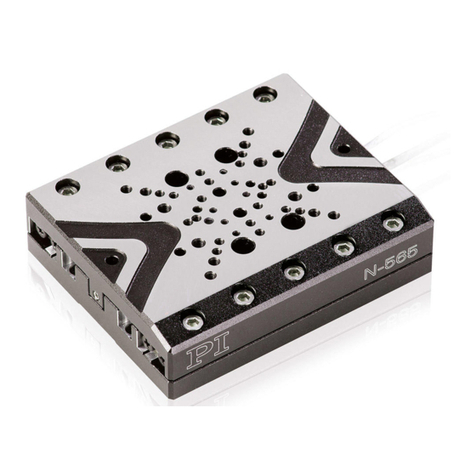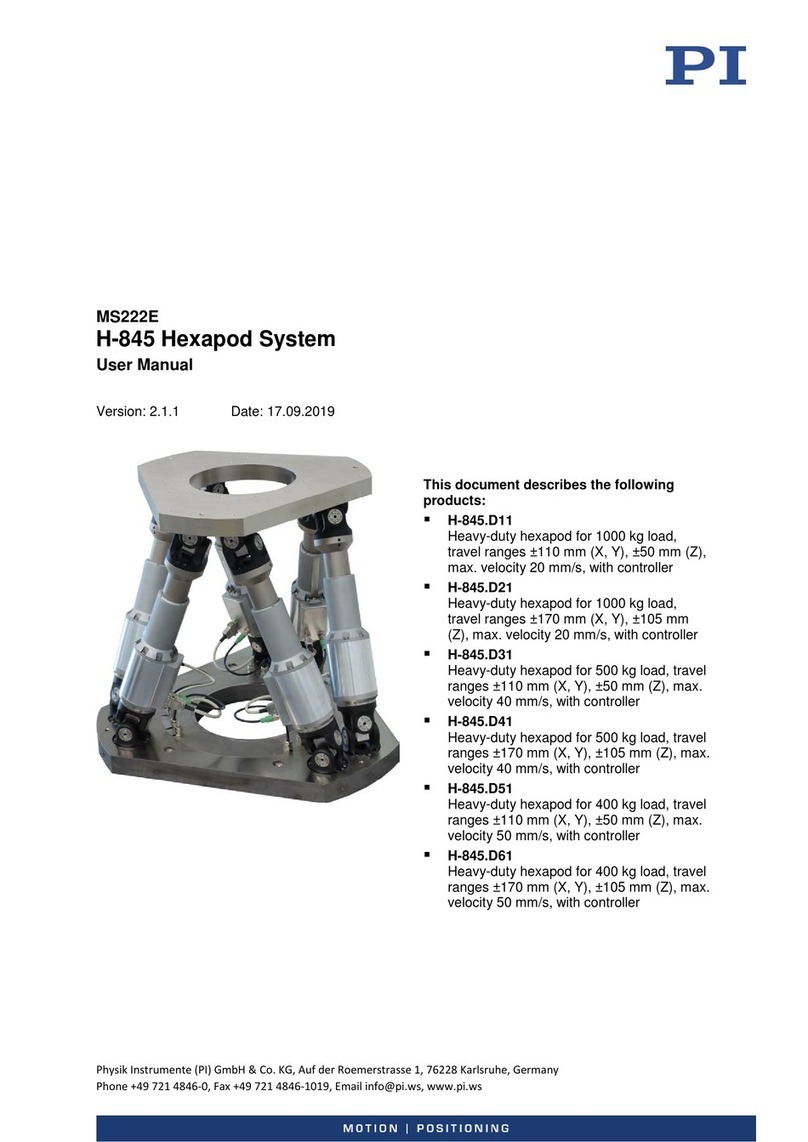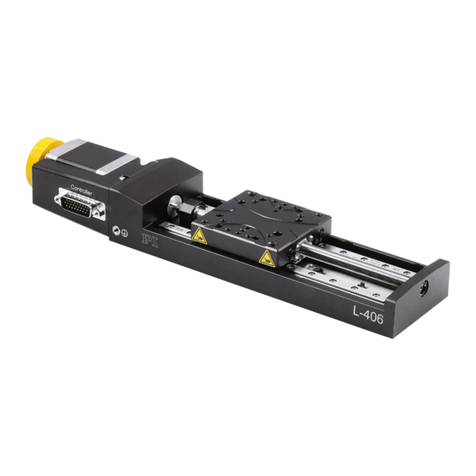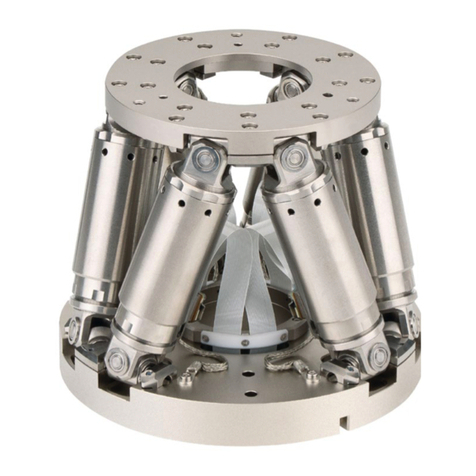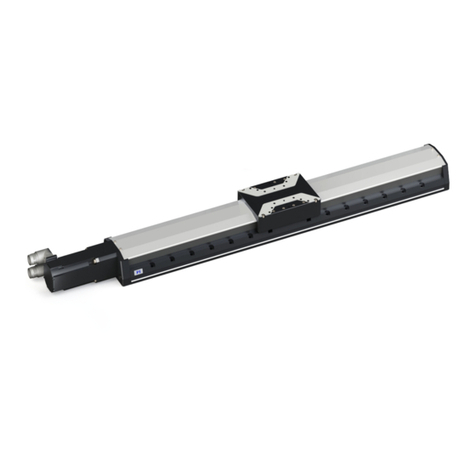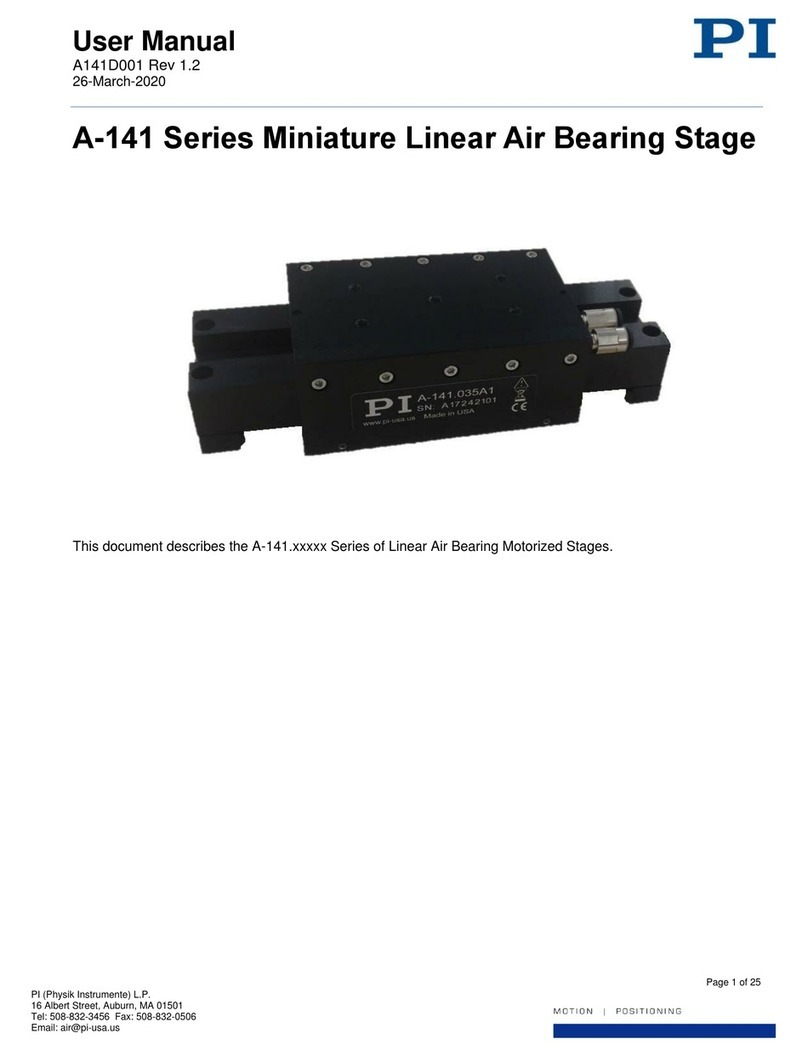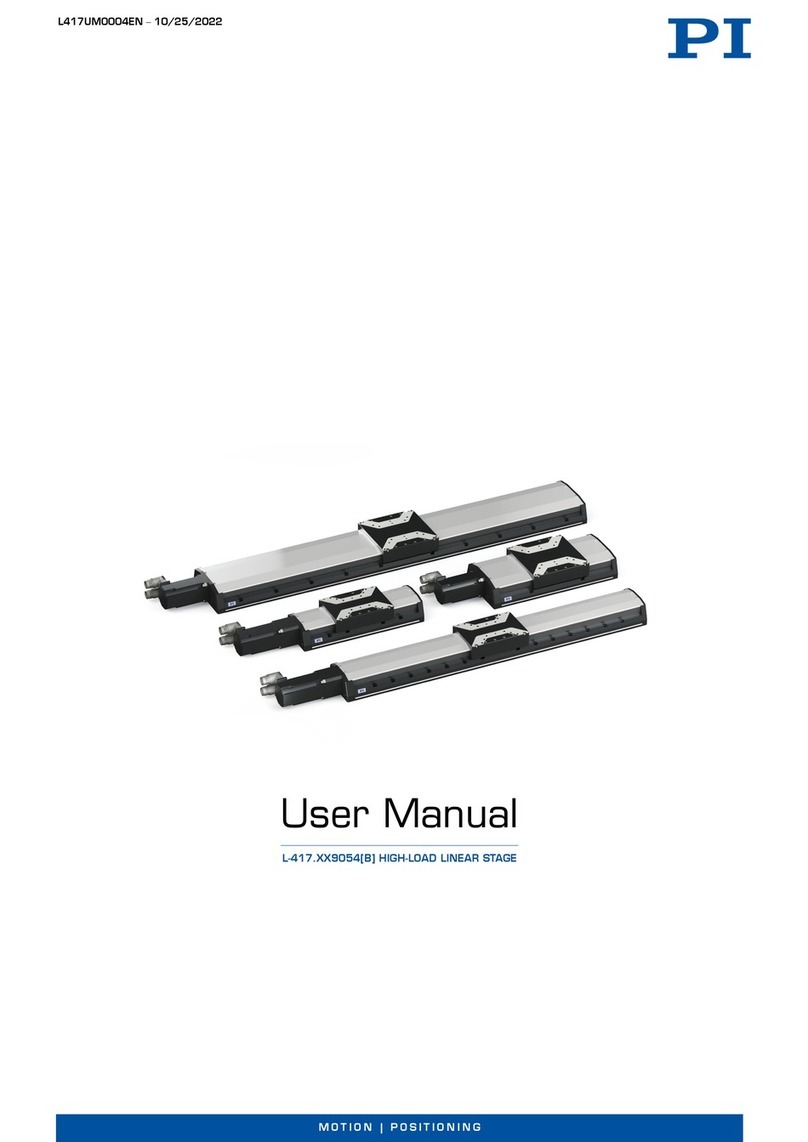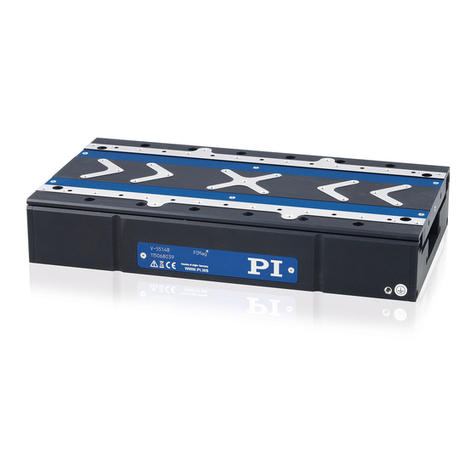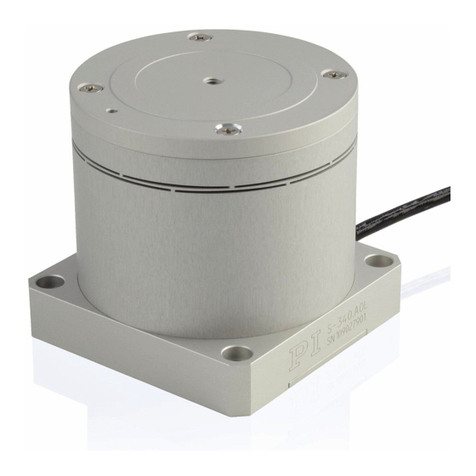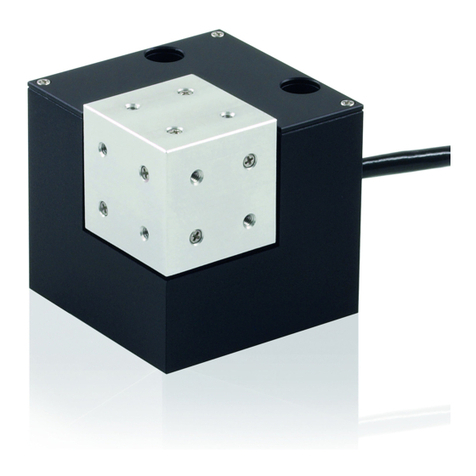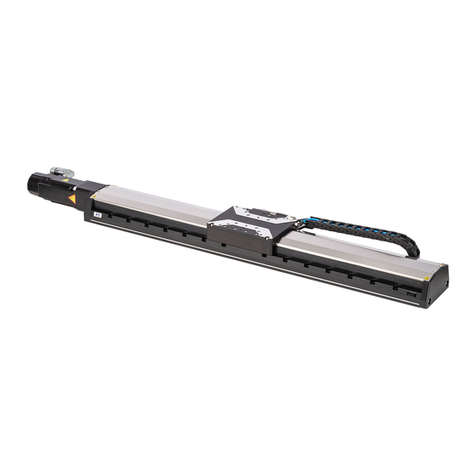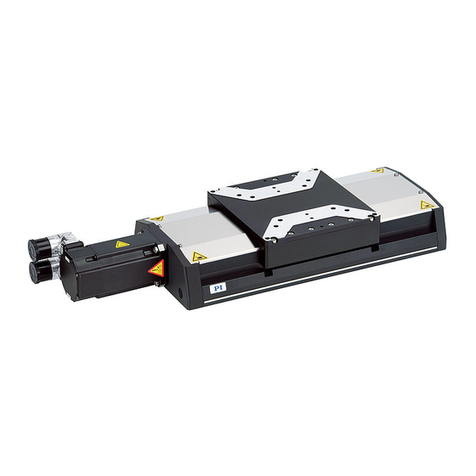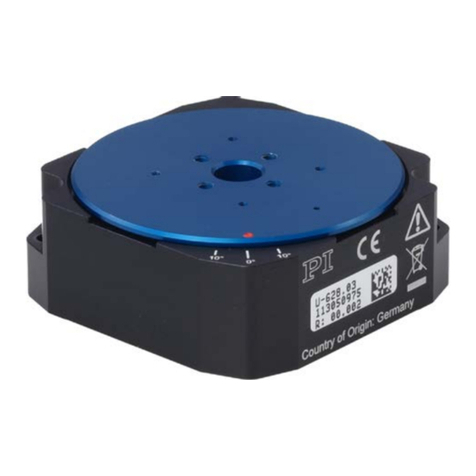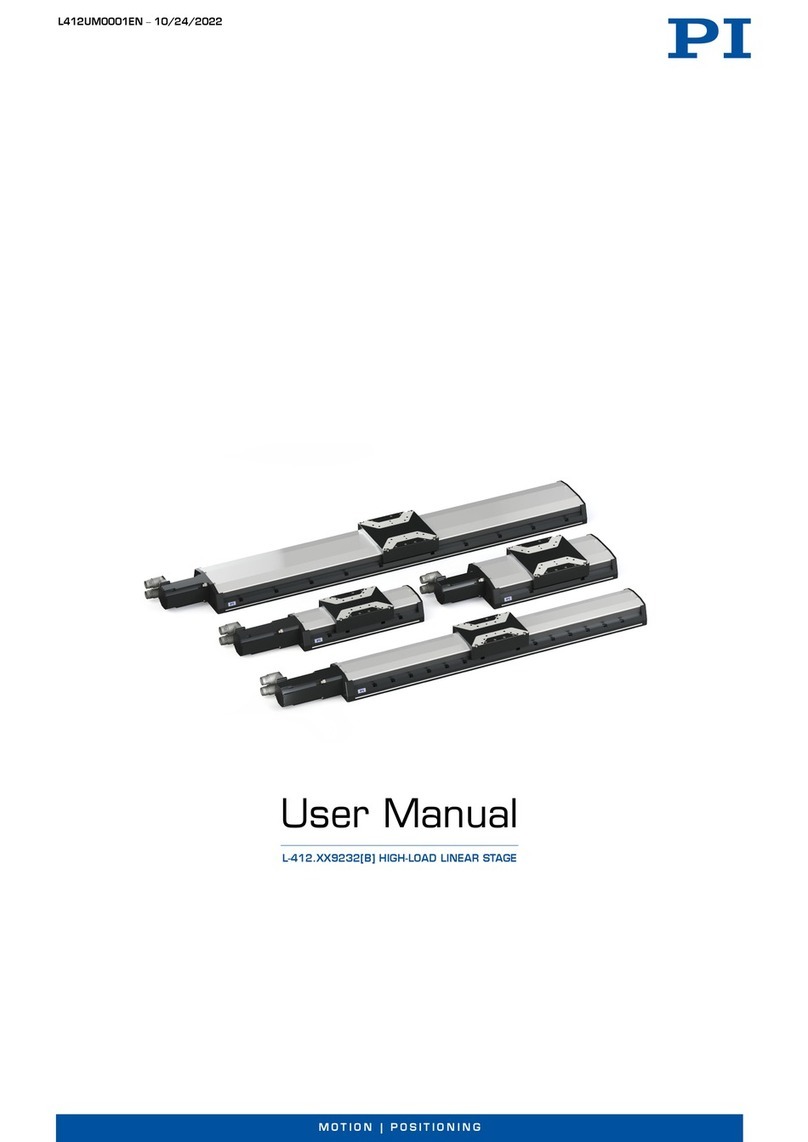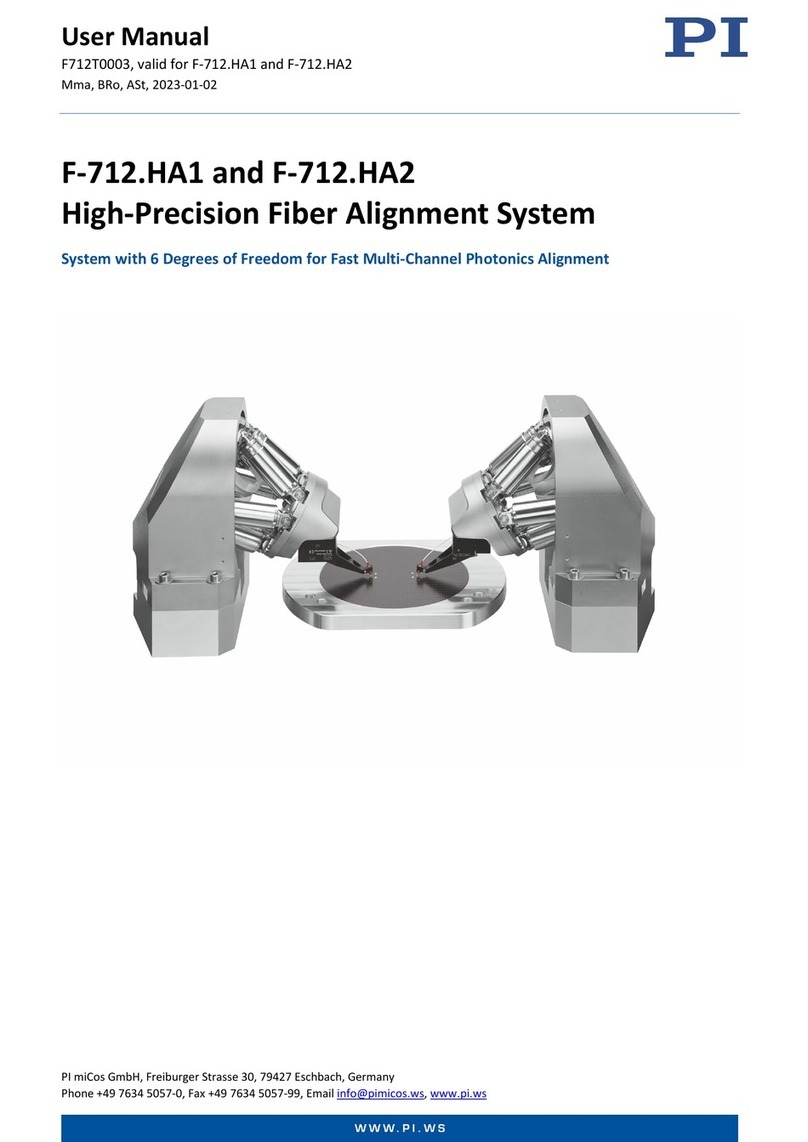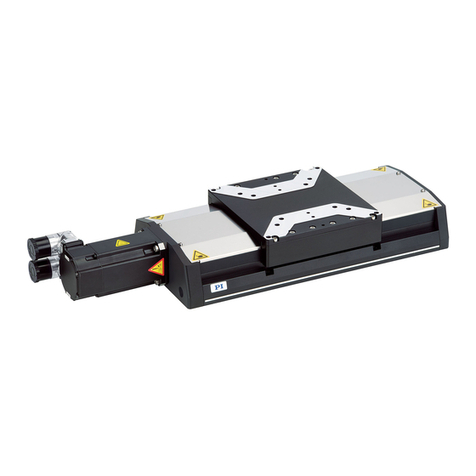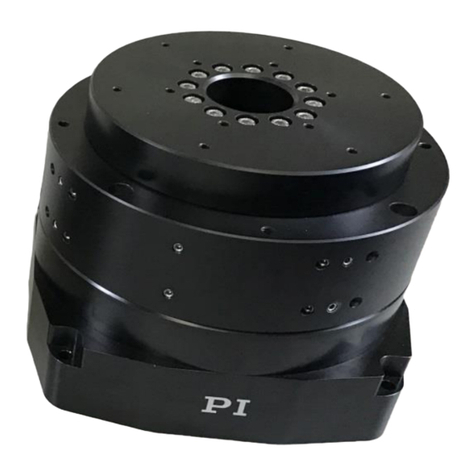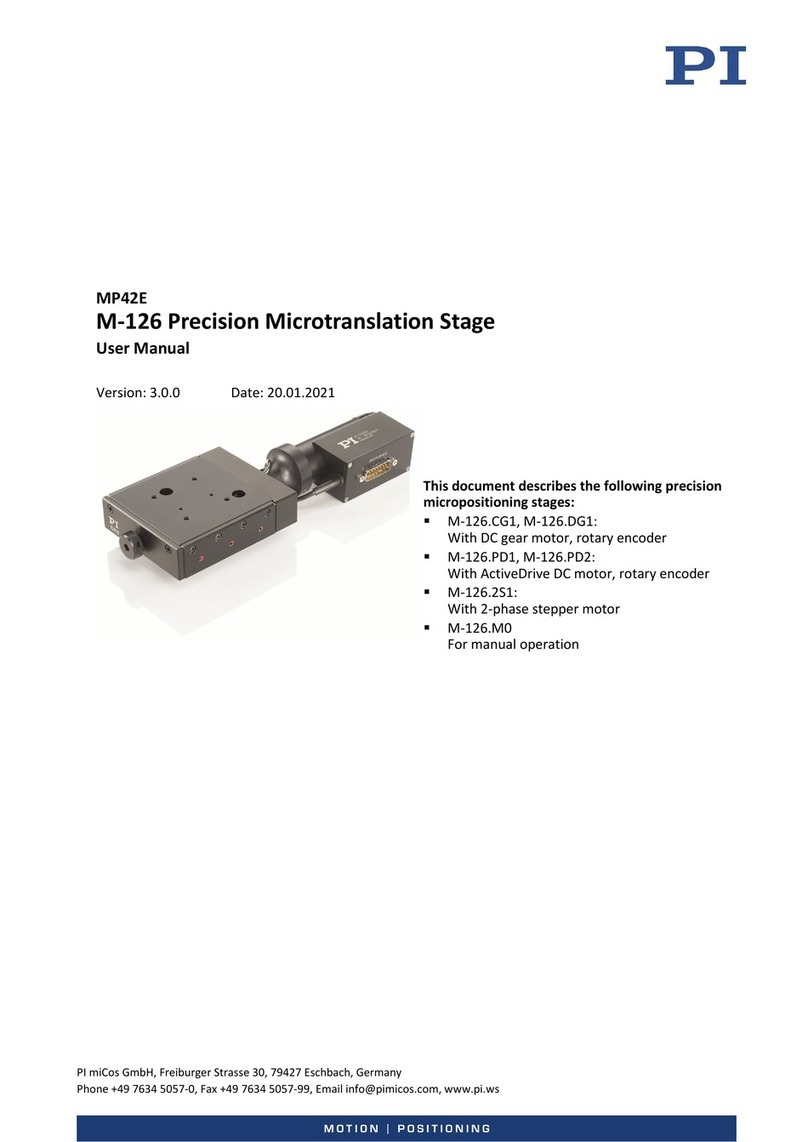Table of Contents
1. About this Document ____________________________________________________________________5
1.1. Objective and Target Audience of this User Manual ________________________________________5
1.2. Symbols and Typographic Conventions __________________________________________________5
1.3. Other Applicable Documents __________________________________________________________5
2. Safety ________________________________________________________________________________6
2.1. Intended Use ______________________________________________________________________6
2.2. General Safety Instructions ___________________________________________________________6
2.3. Warnings and Safety Notices __________________________________________________________7
2.4. Organizational Measures _____________________________________________________________8
3. Product Description _____________________________________________________________________9
3.1. Model Overview and Part Numbering ___________________________________________________9
3.2. Product Features _________________________________________________________________ 10
3.3. Product Labeling__________________________________________________________________ 11
3.4. Scope of Delivery _________________________________________________________________ 12
3.5. Accessories ______________________________________________________________________ 12
3.6. Controllers ______________________________________________________________________ 12
4. Technical Features ____________________________________________________________________ 13
4.1. Air Bearing ______________________________________________________________________ 13
4.2. Linear Motor_____________________________________________________________________ 13
4.3. Linear Encoder ___________________________________________________________________ 13
4.4. Limits and Index Mark (incremental encoders only) ______________________________________ 13
4.5. Stage Lockdown Control (Optional) ___________________________________________________ 13
5. Unpacking and Handling________________________________________________________________ 14
6. Installation __________________________________________________________________________ 15
6.1. Mounting Surface Quality and Preparation _____________________________________________ 15
6.2. Mounting Procedure ______________________________________________________________ 16
6.3. Removing the shipping restraint _____________________________________________________ 16
6.4. Air Supply _______________________________________________________________________ 17
6.5. Affixing the Payload to the Stage _____________________________________________________ 18
